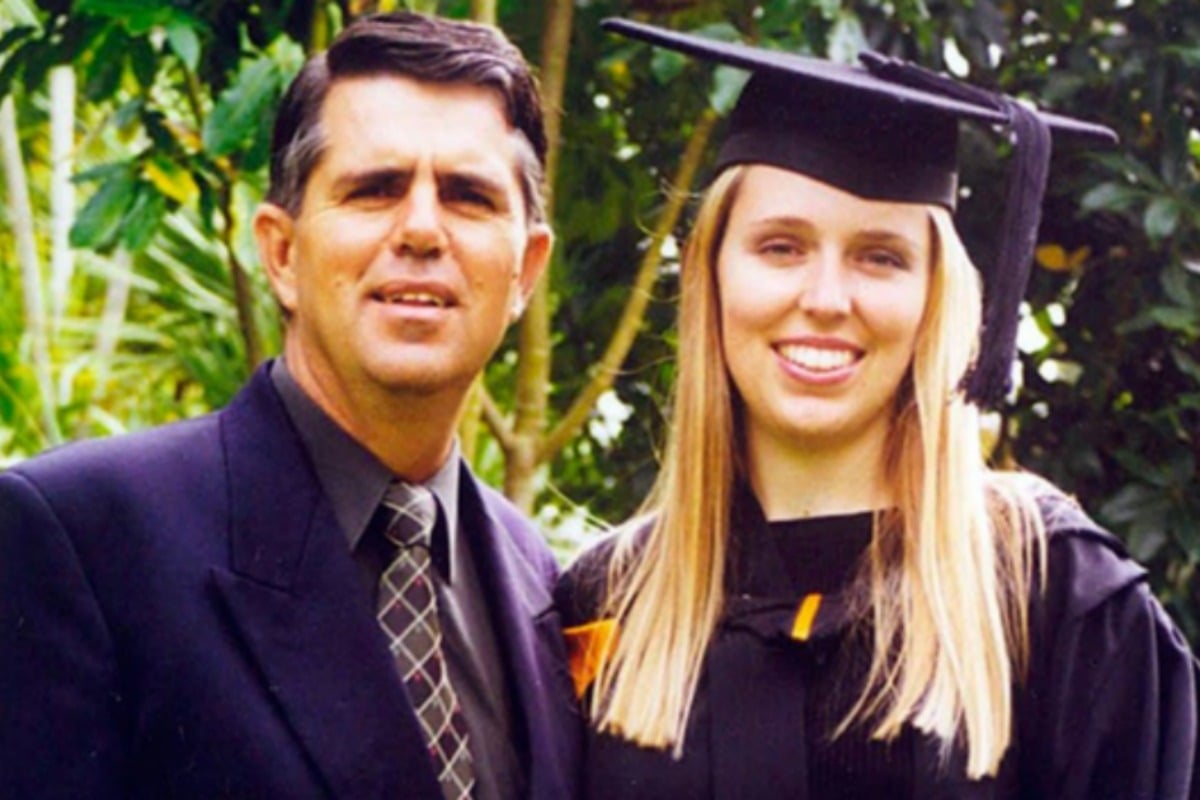
In 1998, Morrinsville College – a high school on New Zealand’s north island – published their annual yearbook.
Printed on page nine was a poll.
It began with ‘Best Looking Year 13 boy’, followed by ‘Best Looking Year 13 girl’. The grade had elected the smartest, the funniest and the biggest health nut.
But halfway down the list was the person voted ‘Most Likely To Become Prime Minister.’
The name next to it read Jacinda Ardern.
Two decades later, that same Jacinda Ardern would become the 40th Prime Minister of New Zealand, and the youngest female head of government in history.
Ardern would later laugh that she was the only one at her high school who cared about politics, having joined the Labour Party at 17. She loved public speaking competitions, and founded an Amnesty International group while at school which ran a campaign to allow women to wear pants instead of skirts. They succeeded.
The daughter of a police officer and a school catering assistant, there were things Ardern saw during her childhood and adolescence that would shape her politics.
Listen: Mamamia’s news podcast The Quicky on the story of Jacinda Ardern. Post continues after audio.
She noticed the poverty in her rural community – a working class yet conservative pocket of New Zealand. According to a profile in Vogue, there was drug and alcohol dependency, as well as mental health issues which saw neighbours die by suicide. There were friends who came to school with no lunch.

Top Comments
Question: why ban guns in NZ if it shows lowest gun violence in all countries - just 10 cases per year?
They should exemplary for Yankees and Ozzies how real culture looks like. Just restrict access in NZ for those 2 groups
Awesome article! Loved learning about her. Thanks heaps!